Editor's Note: In 2019, the fantasy animated film Nezha: The Devil's Child Descends ignited the light of Chinese animation with its passionate declaration, "My fate is mine to control," and achieved a box office of over 5 billion yuan. On January 29, 2025, the sequel Nezha: The Devil's Child Descends to the Sea was released, once again sparking a wave of enthusiasm among audiences. As of February 5, the cumulative box office of Nezha: The Devil's Child Descends to the Sea has exceeded 5.036 billion yuan, ranking fourth on the list of China's highest-grossing films. This interview features Shen Wei, the character designer of Nezha: The Devil's Child Descends to the Sea and a 2005 alumnus of the Animation Department at Communication University of China, and Liu Xing, the scene designer and a 2006 alumnus of the same department, to reveal the lesser-known details behind the film Nezha.
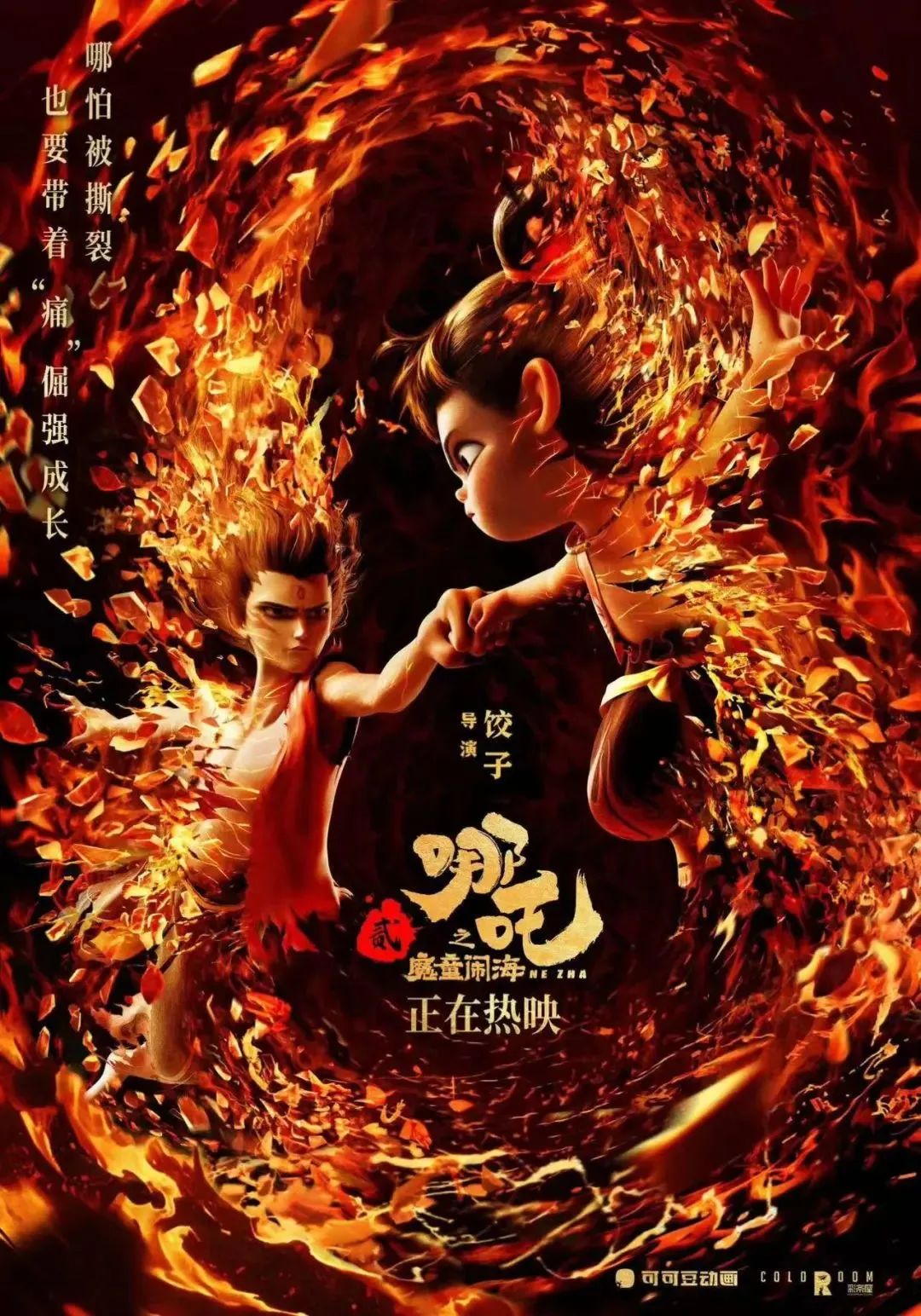
I. Introduction to the Work
Nezha: The Devil's Child Descends to the Sea, directed by Jiaozi, continues the fantasy worldview and emotional core of its predecessor. It tells the story of Nezha and Ao Bing reshaping their bodies and exploring their destinies after the heavenly calamity. The film once again deeply moved audiences with Nezha's rebelliousness and growth, Ao Bing's struggles and choices, and the richly detailed art scenes filled with traditional Chinese cultural imagery. The film embodies the hard work of many creators, including Shen Wei, the character designer and a 2005 alumnus of the Animation Department at Communication University of China, and Liu Xing, the scene designer and a 2006 alumnus of the same department. With solid professional skills and unique artistic perspectives, they infused Nezha with soul.
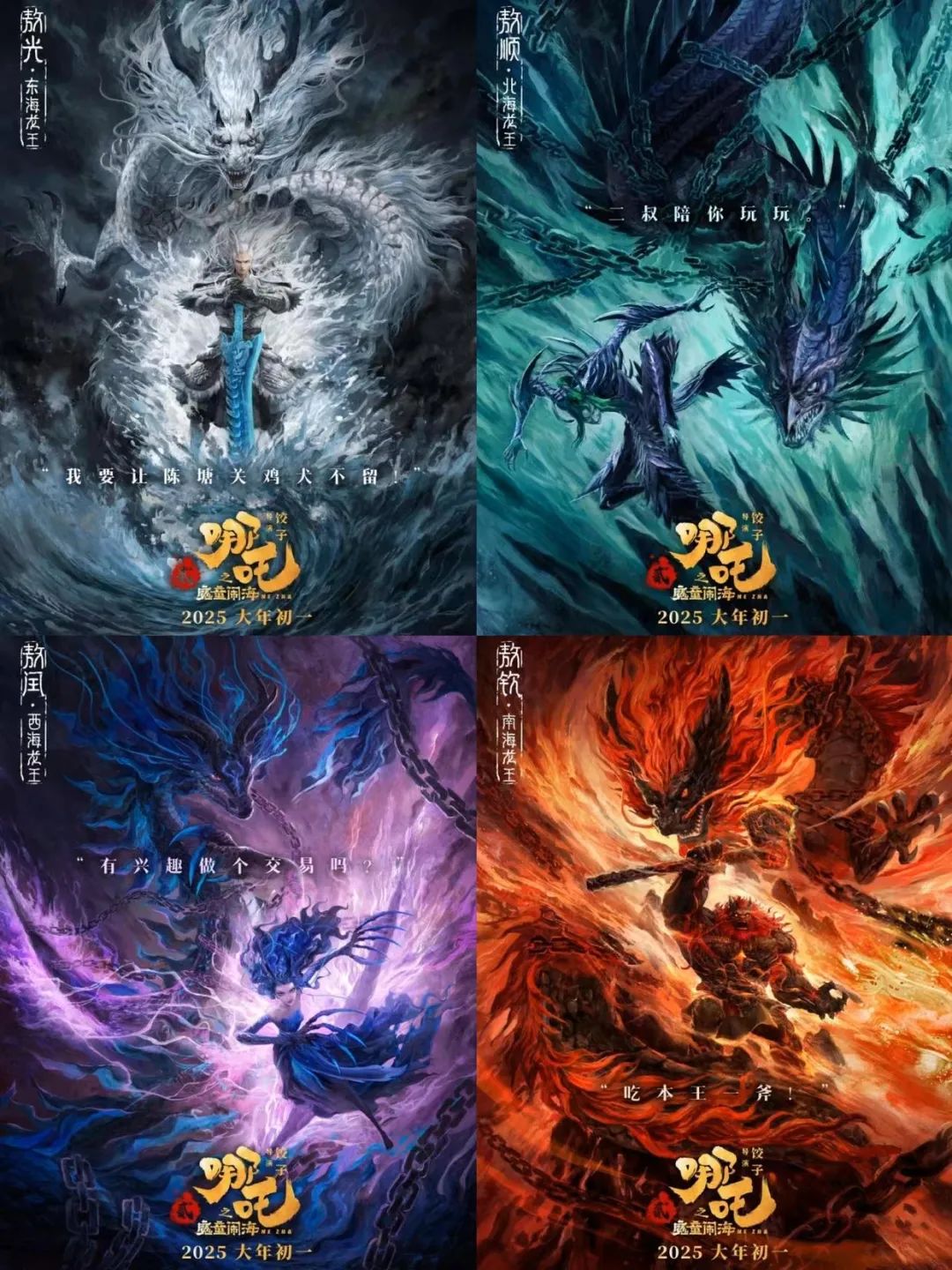
II. Personal Profiles
Shen Wei – Lead Character Concept Designer of Nezha: The Devil's Child Descends
Born in 1986 in Taiyuan, Shanxi Province, Shen Wei was admitted to the Animation Department at Communication University of China in 2005 with the topscore in his major. In 2009, he was recommended for postgraduate studies in Animation at the same university because of his professional expertise. During his school years, he participated in projects such as the character design for the CCTV animated series Huainanzi Legend and the pre-release PV for My Master Jiang Ziya (for some of all the characters). After graduation, he has been engaged in art design for animation and games. His representative projects include: the animation design for the Jiangsu Satellite TV Spring Festival Gala in 2015, the mechanical design for the animation Break Through the Earth in 2016, the lead character concept design for the animated film Nezha: The Devil's Child Descends from 2016 to 2019, the lead character concept design for the animated film Erlang Shen: Deep Sea Dragon in 2019, the character concept design for the animated film Sixth Generation Zhong Kui in 2019, and the lead character concept design for Nezha: The Devil's Child Descends to the Sea from 2021 to 2024.
Liu Xing – Scene Concept Designer of Nezha: The Devil's Child Descends
Born in 1985 in Zhengzhou, Henan Province, Liu Xing was admitted to the Animation Department at Communication University of China in 2006. In 2010, he was recommended for postgraduate studies in Animation at the same university because of his professional expertise. During hisschool years, he participated in projects such as the scene design for the animated series Huainanzi Legend and the animation art for the CCTV documentary Global Warming. After graduation, he has been engaged in art design for animation, games, and comics. His representative projects include: the pre-production art and scene concept for the animated film Princess of the Moon in 2014, the opening animation art for the web film Looking for Adventure in 2015, the main program background animation art design for the Jiangsu Satellite TV Spring Festival Gala and Lantern Festival Gala in 2016, the comic scene production for NetEase's Onmyoji from 2017 to 2018, the art and scene concept design for A Moment in Time from 2017 to 2018, and the scene concept design for Nezha: The Devil's Child Descends to the Sea (the second part of Nezha: The Devil's Child Descends) from 2021 to the present.
III. In-Depth Interview
Q1:
Nezha: The Devil's Child Descends to the Sea is the second installment in the Nezha series, and both the character and scene designs are eye-catching. Could you share any moments or specific aspects of the creative process that were particularly exciting or memorable for you?
Shen Wei:
I’ve been doing character design for many years and have worked on multiple animated films, each with its unique characteristics. However, there are a few things about Nezha that stand out to me. First, Director Jiaozi’s vision and understanding of each character made their conceptualization very interesting. Another memorable detail was in the film’s opening scene, where a group of people is making lotus root starch. The design requirement was to portray them as messy and dirty, which was unusual compared to typical character designs. Additionally, the design of Ao Shun, one of the Dragon Kings, was particularly challenging. Ao Shun’s joints are all flexible, and he wears a suit of armor covered in blades. This design was complex because the blades had to function as weapons without harming the character. I went through many iterations before we finally resolved it with Director Jiaozi’s input.
Liu Xing:
As a detail-oriented person, I often get lost in the pursuit of perfection, regardless of cost or time. This obsession with details excites me, especially when working with a director who shares this focus. Collaborating with Director Jiaozi was particularly thrilling because he is also a detail-oriented person who often suggests improvements based on logic and realism. One interesting example is the design of the Chengtang Gate. I considered that the wall’s interior holds water, which flows out through the gate in various ways—some turbulent, some gentle. To capture these details, I even observed the flow of water from a faucet, studying the different effects of splashing water. My son once saw me standing still and asked, “Mom, what’s wrong? Why are you frozen?” This deep dive into details is what makes the design process so fulfilling for me.
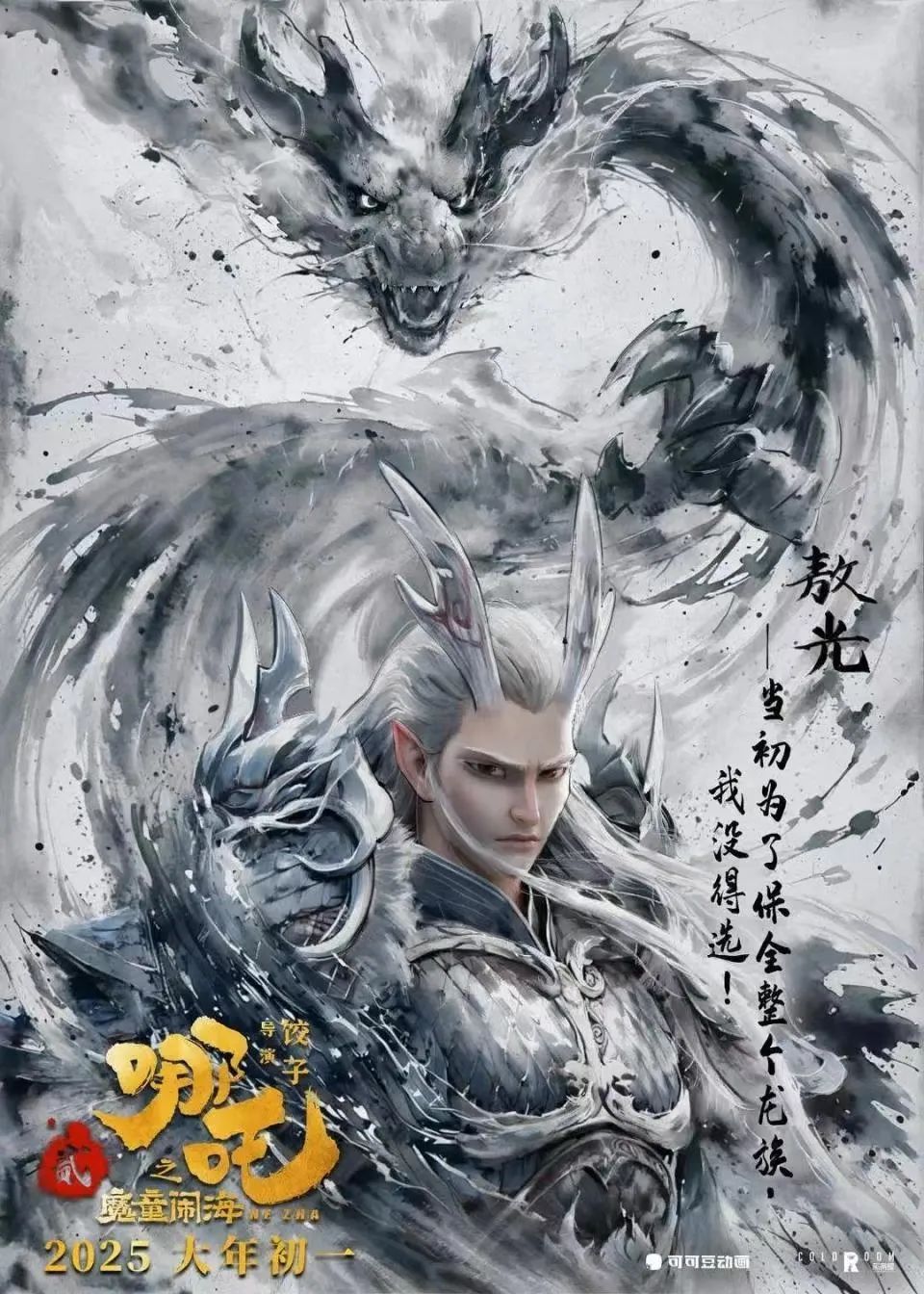
Q2:
From Nezha: The Devil's Child Descends to Nezha: The Devil's Child Descends to the Sea, what do you think is the biggest breakthrough or innovation in this series?
Shen Wei:
In terms of innovation, although the two films are five years apart, the timeline doesn’t jump significantly—it continues directly from the events of the first film. Therefore, apart from adding new characters and upgrading the details of existing ones, the core character designs haven’t changed much. The innovation lies mainly in the introduction of new characters and our technical advancements. The first film was limited by budget and time, so many ideas couldn’t be fully realized. With more resources in the second film, we were able to enrich the details. For example, Li Jing and Lady Yin’s armor was upgraded with intricate patterns, and the costumes and armor of the hundreds of sea demons in the battle were completely updated. These changes were made while maintaining the story’s continuity, ensuring that the two films feel connected. Although the models were upgraded, the core characteristics of the characters remained unchanged. Both Nezha and Ao Bing were re-modeled and optimized in detail to meet the increasingly high aesthetic demands of today’s audiences. Technological advancements and evolving audience expectations have decided that we can’t stand still—we must keep improving.
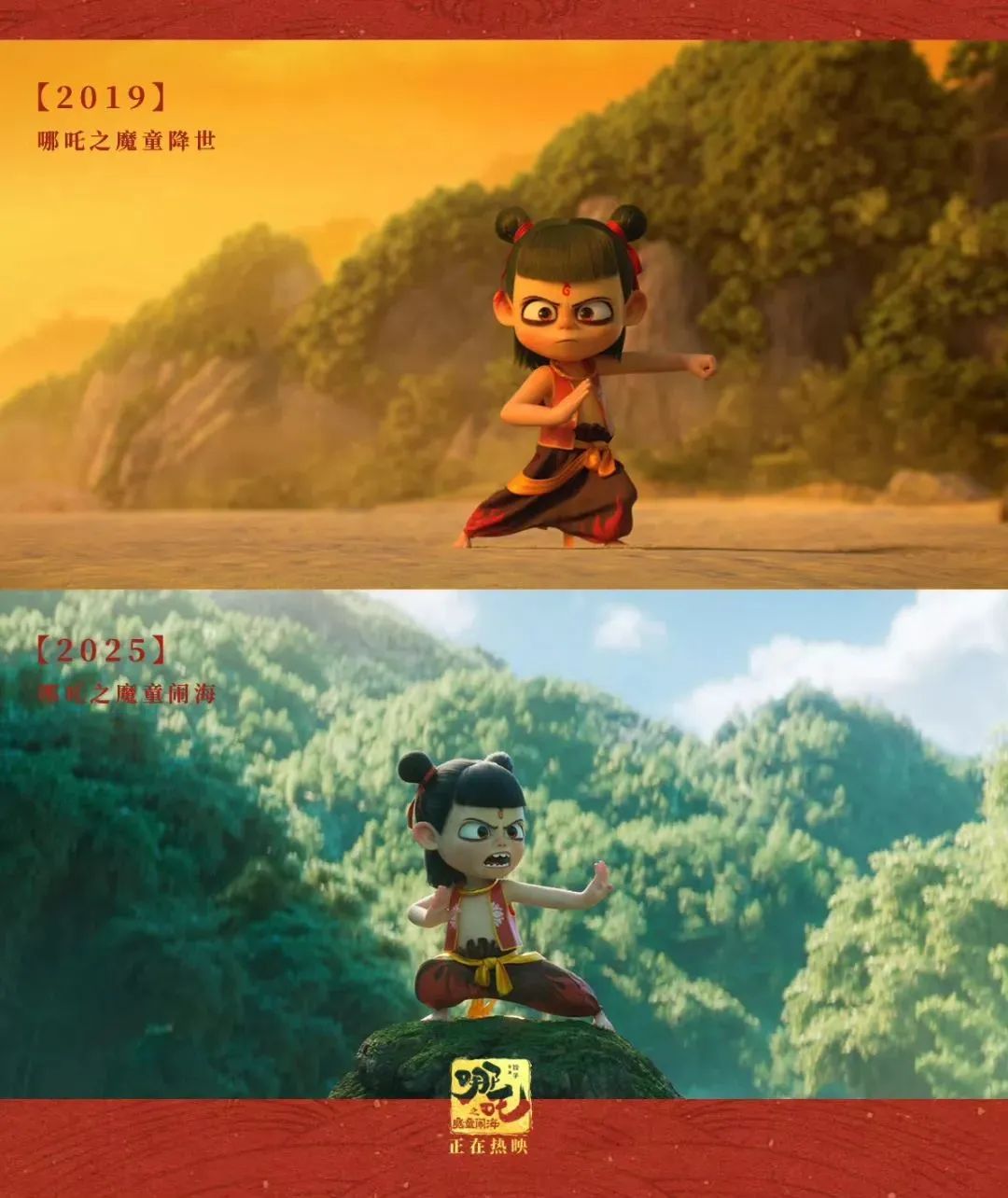
Q3:
Nezha: The Devil's Child Descends to the Sea incorporates a lot of traditional Chinese cultural elements. Are there any particularly special ones you can share with us?
Liu Xing:
When designing scenes for ancient themes, it’s crucial to integrate traditional Chinese cultural elements extensively. For example, in one scene, Lady Yin bids farewell to Nezha by the water as he prepares to save Chengtang. To enhance the emotional atmosphere, I paid special attention to details. The scene features a long wooden walkway extending into the water, with Lady Yin standing on it to say goodbye. To amplify the emotional expression, I added a willow tree with twisting branches that extend toward the direction of the farewell. In Chinese culture, willow trees symbolize parting and longing, and the act of breaking a willow branch to bid farewell is a common cultural motif. By incorporating this willow tree, I aimed to evoke the tender emotions of the mother and son’s reluctant parting. This design not only heightened the scene’s emotional tension but also allowed the audience to visually experience the depth of traditional culture. This example illustrates how we naturally integrate traditional cultural elements into the design of Chinese animation scenes. These details and motifs, rooted in our culture, are instinctively applied to enhance the narrative and atmosphere, making the scenes more culturally resonant and emotionally profound.
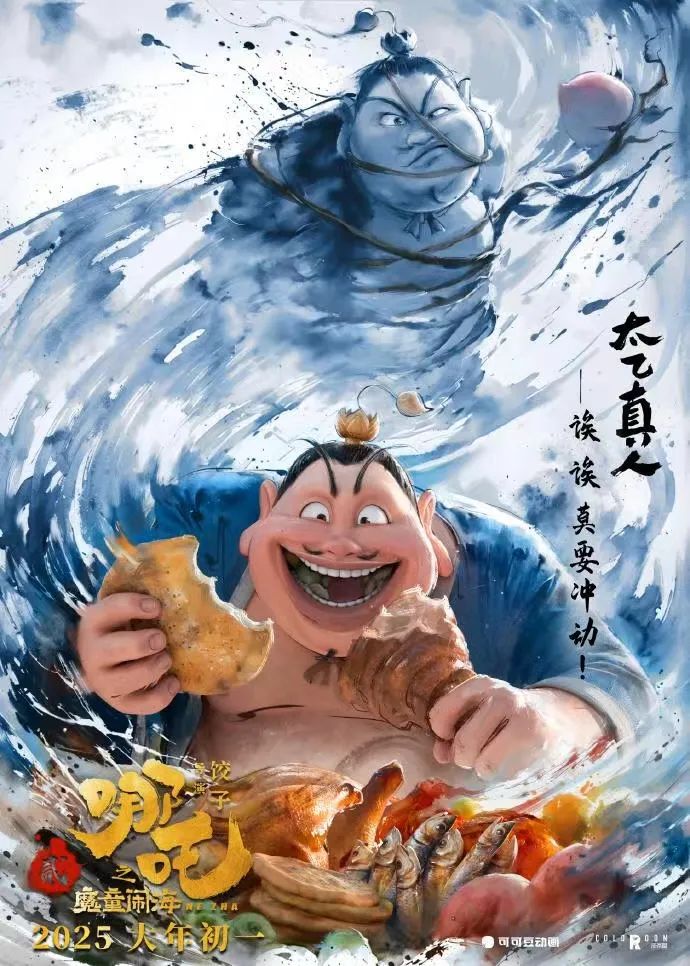
Q4:
In the Nezha: The Devil's Child Descends to the Sea project, how did you balance your personal artistic style with the film’s overall visual tone to ensure that the character and scene designs both showcased your individuality and served the story?
Shen Wei:
I think there’s sometimes a misunderstanding that coordination and balance emerge during the project’s collaboration process. Based on my years of experience, my personal feeling is that we clarify whether my style aligns with the director’s requirements during the initial communication phase, rather than establishing a collaboration first and then considering whether our styles can merge or fit. Of course, during the collaboration, it’s not always a perfect match, and everything doesn’t proceed smoothly without obstacles. There will inevitably be areas of misalignment that require adjustment, and both parties may need to compromise or make concessions to keep the project moving forward smoothly.
Liu Xing:
Scene design differs from character design. Personally, I believe the core of scene design lies in serving the story, characters, and atmosphere, rather than highlighting personal style. Scenes need to “step back” and not steal the spotlight; they must seamlessly blend into the background, providing a reasonable and fitting atmosphere for the characters and story. A good scene design should be like an invisible canvas, allowing the story and characters to unfold naturally upon it. In the creative process, personal style is not the most important. Although every artist has their own style, the primary task of scene design is to serve the story. For example, in Nezha, the design of the void rift in Chengtang embodies this principle. The lava flowing from the rift creates a strong contrast between light and dark in the dim war atmosphere. To ensure that the audience feels the impact of the lava without letting its brightness overshadow the characters, we paid special attention to balancing functionality and aesthetics. This scene design also involved different states of lava, from its initial molten state to its gradual solidification. Director Jiaozi has high demands for details, requiring us to study the flow and solidification of lava thoroughly. To achieve this, we consulted a vast amount of materials, including videos, documentaries, and images, to ensure the scene’s authenticity and credibility. A scene must be believable for the audience to accept the characters and plot based on it—this is foundational work.
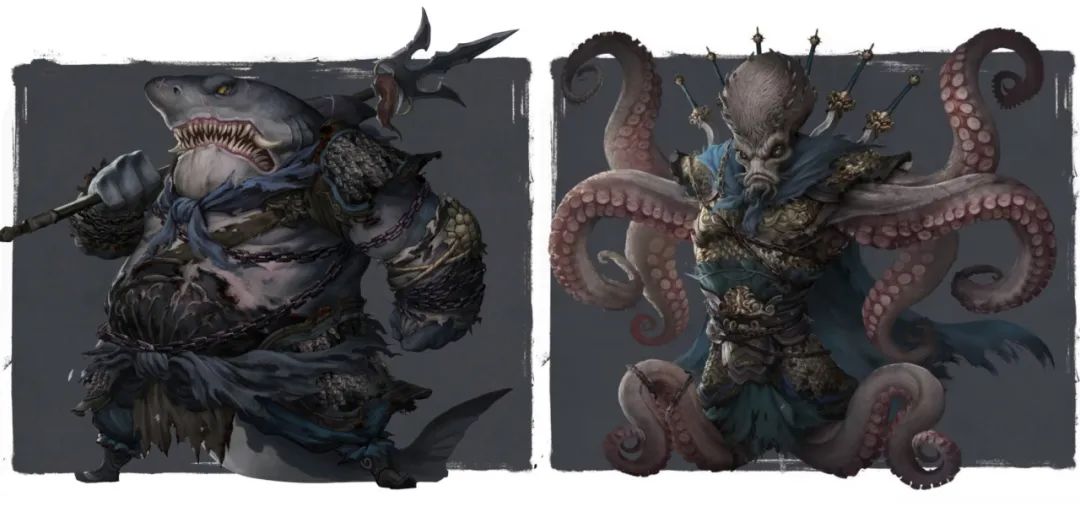
Q5:
Facing the enormous workload of film production, how do you maintain your creative passion and inspiration? Especially during the process of constant revision and reshaping, how do you balance challenges and pressure?
Shen Wei:
I think character design and scene design are somewhat different. Scene design may require more rational thinking, such as whether something is logical or how characters move and fight within the scene to advance the plot smoothly. Character design, on the other hand, is more emotional. For me, the iterative process of creation isn’t particularly painful. On the contrary, I enjoy having my work challenged and being asked to start over. This fresh start excites me and presents a new challenge. Therefore, this process doesn’t feel tedious to me, unlike making minor adjustments like altering a hemline or cuff, which can be dull. Conceptual design feels like constant re-creation, almost like playing God, which gives me a great sense of accomplishment. Thus, I don’t feel much pressure unless I encounter a character that requires many iterations, sometimes to the point where I lose direction and even the director is unsure. In such cases, I choose to relax by going fishing rather than stubbornly pushing forward in front of the director. After all, if there’s no inspiration, there’s just no inspiration. Artistic creation isn’t about typing words or sitting in front of a computer endlessly. I believe it’s essential to seek inspiration and adjust one’s mindset to potentially spark creativity and produce better work.
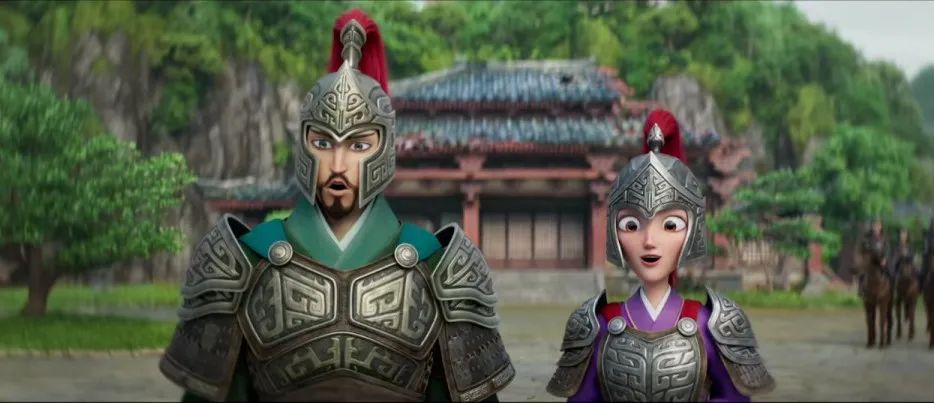
Q6:
As the New Year’s bells fade away, Tizi Technology Company resumes its operations. This is a moment filled with hope and challenges, as well as an opportunity to showcase the company’s cohesion and fighting spirit. Next, we’ll introduce how Tizi Technology Company improves communication efficiency in the workplace.
Shen Wei:
I think the best solution, which I’ve learned from many projects, is to reduce the number of people involved in the creative process, as this makes communication more effective. In some projects, I’ve felt that when too many people are involved and voicing their opinions, progress becomes very difficult. Art is subjective—there’s no absolute right or best direction. Everyone has their own views on art, and the more people involved, the harder it is for the designer to find a clear direction. One great aspect of working with Director Jiaozi is that we always communicate one-on-one. If more people are involved, progress becomes challenging, and problems are harder to solve. Only one-on-one communication is truly efficient. When difficulties arise, either I listen to the director, or the director listens to me, and we always find a way forward.
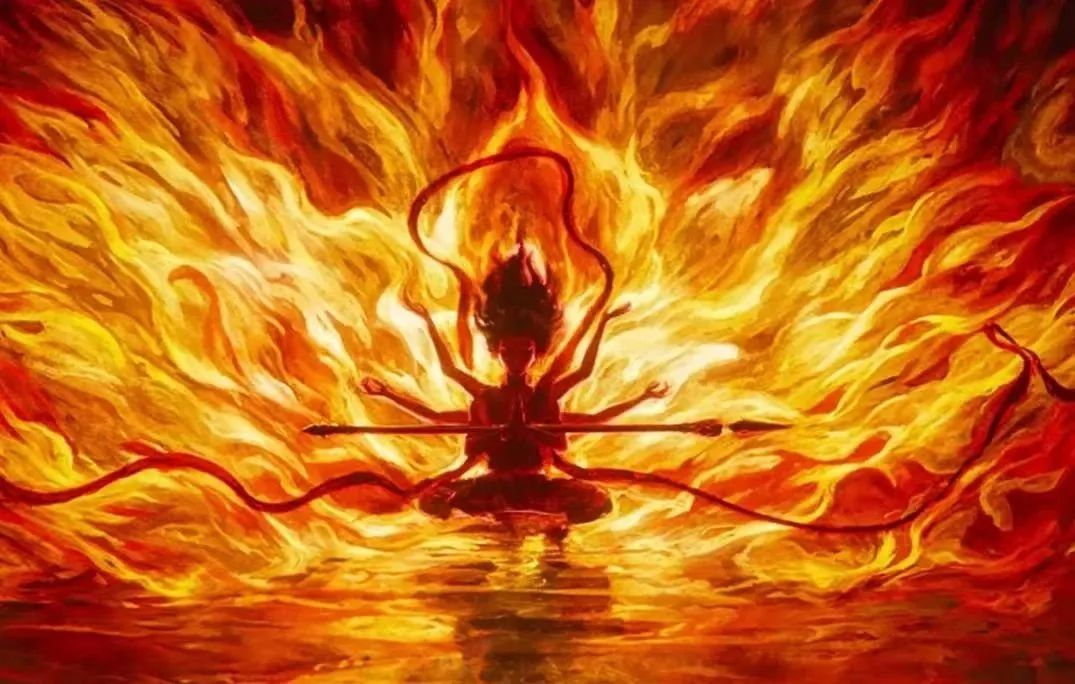
Q7:
As an alumnus of Communication University of China, what would you like to say to the Animation and Digital Art School of your alma mater? Looking back on your academic journey, are there any special memories or profound insights you’d like to share?
Shen Wei:
One particularly good thing is that I was able to work on the Nezha project thanks to the university. When Director Jiaozi was working on Nezha, he was looking for a character designer and approached our school’s Professor Li Zhiyong. Professor Li knew I was good at character design and introduced me to Director Jiaozi, which led to this collaboration. I think the animation community at our school has a fantastic atmosphere. There are many seniors, juniors, and peers from Communication University of China in the animation industry, and we help each other and grow together. This provides many opportunities to meet outstanding people and participate in excellent projects, which is very practical for future graduates.
Liu Xing:
Speaking of our alma mater, I’m reminded of the phrase in the hallway of the Animation School at Communication University of China: “This is where dreams begin.” Looking back over the years, I never imagined I’d persist in the animation industry and participate in so many projects. I wouldn’t say my dreams have taken flight, but I feel I’m striving toward them. So, I’d like to tell our juniors at the university that while studying animation, they should focus deeply on honing their skills. At the same time, they should look up, explore the industry and the world, and seek opportunities. They shouldn’t limit themselves, but encourage themselves to try new things and create more possibilities.
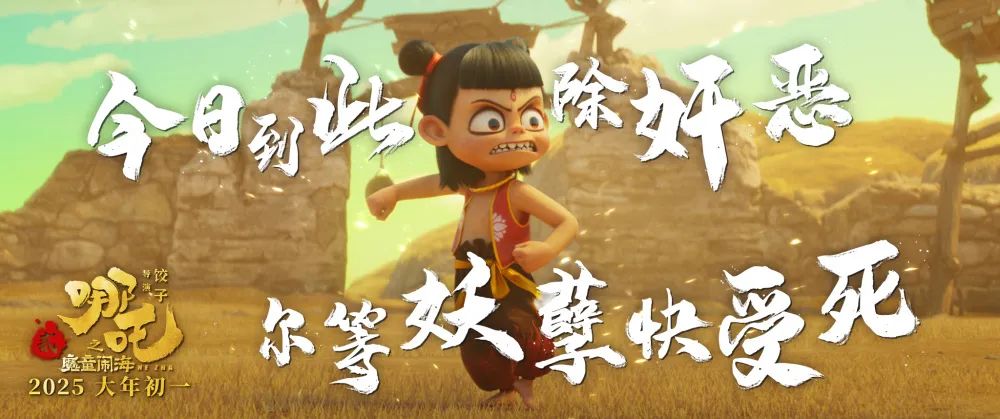
Q8:
For young students studying animation, what advice would you like to share to help them better prepare for their future careers?
Liu Xing:
First, everyone should have confidence in Chinese animation and dare to dream and work hard. Director Jiaozi didn’t study animation, but his achievements today stem from his dreams and passion for animation. In my view, the degree of love for this industry is the key factor in determining success. In terms of IP creation, one shouldn’t focus solely on market demand and quick profits or blindly follow trends. Ultimately, “love” is the core element—this strong desire to express oneself is the foundation of all creation.
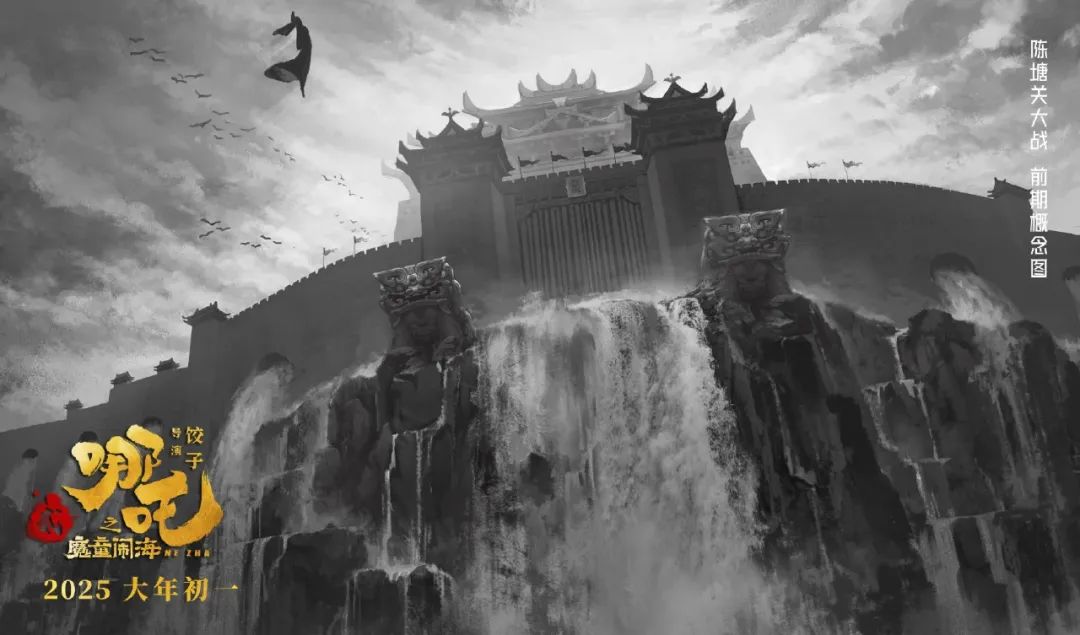
Q9:
In recent years, many excellent Chinese animated works have emerged (such as Nezha, White Snake, and Monkey King: Hero is Back). What are your thoughts and expectations for the development of domestic IPs?
Liu Xing:
Many people now say that Chinese animation seems limited, with only mythological themes being explored. However, I hope audiences understand that because these themes are more widely accepted, they are more likely to be produced and presented. I believe the future of Chinese animation will be diverse, but we need to give the industry time, as it’s still in its early stages. The success of Nezha, White Snake, and Monkey King: Hero is Back has shown the strong support of domestic audiences for such works, which has greatly boosted the confidence of industry professionals. In my opinion, the issue of thematic limitations will gradually improve.
(Editor: Li Jichu)














